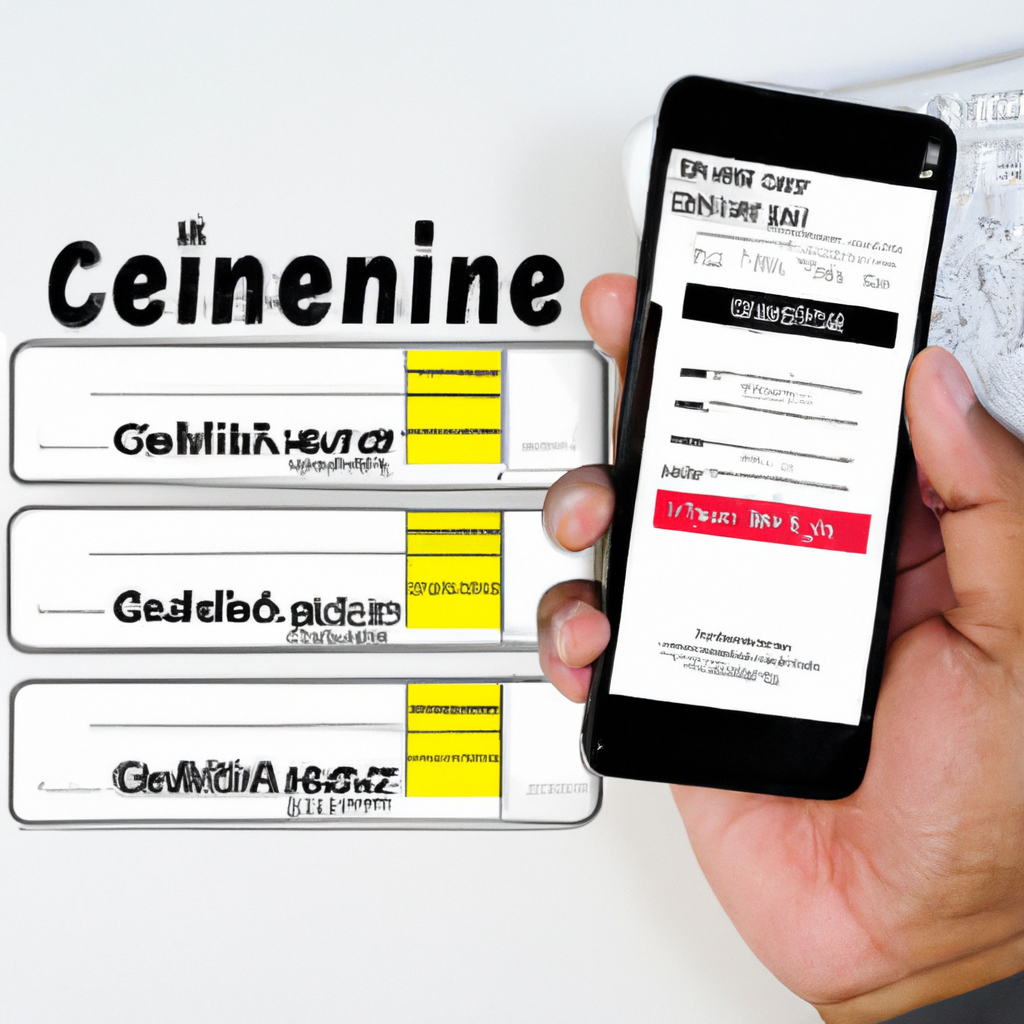How to Protect Your Savings Beyond the FDIC Limit
Introduction
When it comes to keeping your hard-earned money safe, the Federal Deposit Insurance Corporation (FDIC) plays a crucial role in providing deposit insurance at banks and savings associations. The FDIC has been a pillar of trust and confidence for depositors in the United States for over eight decades. However, there is a limit to the amount of coverage offered by the FDIC. In most cases, the FDIC insures up to $250,000 per depositor per bank. So, what happens if you have savings that exceed this limit?
While anything over the FDIC limit remains uninsured, having a small amount of money that is not covered by FDIC insurance is usually not a cause for concern. In the grand scheme of things, if you have, for example, $251,000 in a bank account, the $1,000 that exceeds the FDIC limit does not pose as significant of a risk. However, if you have a substantial amount of savings, it is important to explore methods to protect your excess funds.
1. Staying Under the Limit
One simple way to protect your savings beyond the FDIC limit is to ensure that you stay under the coverage threshold. By keeping your deposits below $250,000, you mitigate the risk of any uninsured funds. This can be achieved by regularly monitoring your account balance and considering alternative options for excess savings.
2. Utilizing Multiple Bank Accounts
Another strategy to safeguard your savings is by spreading your funds across multiple bank accounts. This is known as account diversification and can provide additional FDIC coverage. If you have a significant amount of savings, consider opening accounts at different banks to maximize your insurance protection. By distributing your funds across various institutions, each account will be eligible for separate FDIC coverage up to the limit. It is essential to recognize that this strategy requires careful management and organization.
3. Different Beneficiaries
Assigning different beneficiaries to your bank accounts is another way to enhance your FDIC insurance coverage. By naming different individuals or entities as beneficiaries, you effectively increase the potential insurance limit for each account. For example, if you have a spouse or family member who can be listed as a beneficiary on your accounts, the FDIC will insure the funds separately for each beneficiary. Be sure to consult with a financial advisor or attorney to better understand the legal and tax implications of naming beneficiaries on your bank accounts.
4. Explore Alternatives
In addition to FDIC-insured bank accounts, there are other financial products and institutions that provide protection for your savings. Some alternatives to consider include:
| Financial Product/Institution | Insurance/Protection Coverage |
|---|---|
| 1. United States Treasury Securities | Backed by the full faith and credit of the U.S. government |
| 2. National Credit Union Administration (NCUA) | Provides deposit insurance for credit unions |
| 3. Brokerage Firms and Securities Investor Protection Corporation (SIPC) | Protects against the loss of securities in case of brokerage firm failure |
| 4. Money Market Funds | May offer stability and diversification |
It is important to understand the risks, fees, and terms associated with these alternatives before making any decisions. Consulting with a financial advisor is advisable to determine which options align with your risk tolerance and financial goals.
Frequently Asked Questions (FAQs)
Q1: Are all bank accounts covered by the FDIC?
Yes, most individual and joint accounts, such as savings accounts, checking accounts, CDs, and money market accounts, are covered by the FDIC. However, certain types of accounts, such as investment accounts, mutual funds, and annuities, are not.
Q2: Can I increase my FDIC coverage limit?
You can potentially increase your FDIC coverage by using different types of registrations, such as individual, joint, and trust accounts. Additionally, spreading your funds across multiple banks and naming different beneficiaries can also increase your coverage limit.
Q3: Is it necessary to have multiple bank accounts?
Having multiple bank accounts is not a requirement, but it can be beneficial if you have savings that exceed the FDIC limit. By distributing your funds across different accounts, you increase your overall insurance coverage.
Q4: What should I do if my total savings exceed the FDIC limit?
If your savings exceed the FDIC limit, it is recommended to explore the strategies mentioned above, such as staying under the limit, utilizing multiple bank accounts, having different beneficiaries, or considering alternative financial products or institutions.
At the end of the day, protecting your savings beyond the FDIC limit requires careful planning and consideration. By being proactive and implementing these strategies, you can ensure the safety of your hard-earned money. Remember to consult with financial professionals and explore the alternatives available to make informed decisions.






0 Comments